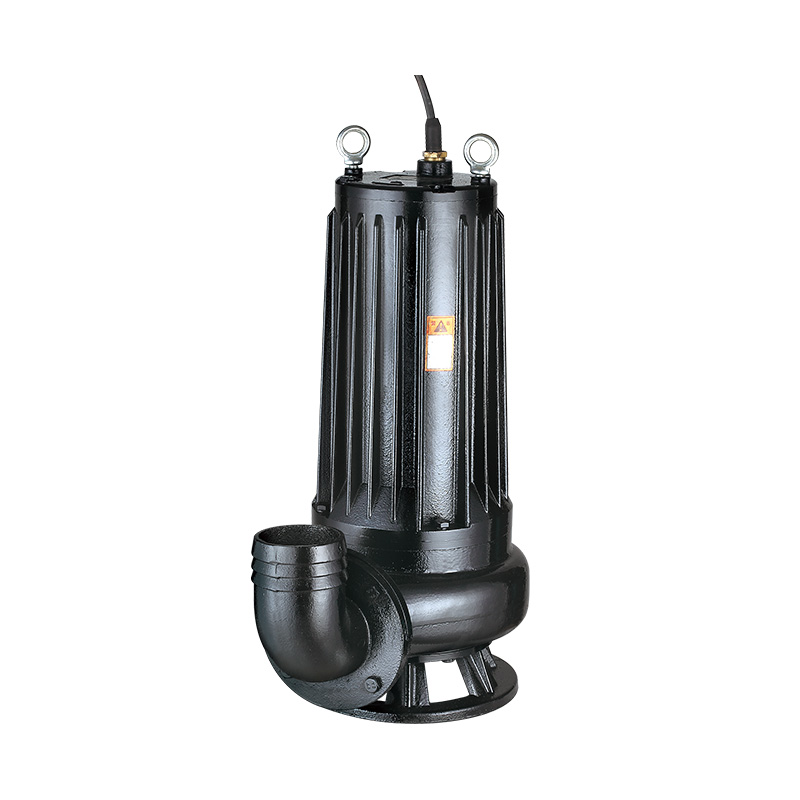Water management systems often require specialized pumps to handle various types of fluids and operational conditions. Two important types of pumps in this domain are the submersible sludge pump and the electric submersible bore pump. Each serves a unique purpose, designed with features that address specific challenges in pumping operations.

A submersible sludge pump is designed to handle thick, viscous mixtures of water and solids, commonly known as sludge. These pumps are essential in industries such as wastewater treatment, mining, and construction, where managing sludge efficiently is critical to operational success.
One defining characteristic of submersible sludge pumps is their ability to operate fully submerged in sludge or slurry without losing performance. They are constructed with robust materials to withstand abrasive and corrosive environments. Typically, these pumps feature heavy-duty impellers, such as vortex or open-channel types, that prevent clogging by allowing solids and fibrous materials to pass through easily.
The sealed motor housing of the submersible sludge pump protects internal components from contaminants, ensuring durability and reducing maintenance needs. Additionally, the pump's compact design allows it to be placed directly in tanks or pits, simplifying installation and space requirements.
Applications of submersible sludge pumps range from sewage treatment plants to dredging operations. Their capacity to handle dense mixtures reliably helps maintain smooth processing and transfer of sludge, preventing blockages and equipment damage.
By efficiently moving sludge, these pumps contribute to cleaner environments and improved operational efficiency, making them indispensable in many industrial and municipal systems.
Electric submersible bore pumps are specifically designed to extract water from deep underground sources such as wells and boreholes. These pumps are widely used in agriculture, municipal water supply, and industrial processes where groundwater is the primary source.
A key feature of electric submersible bore pumps is their ability to operate while submerged within the water column. This immersion provides natural cooling for the motor, enhancing reliability and extending service life. The pump and motor are typically connected in a close-coupled design, reducing mechanical complexity.
Electric submersible bore pumps are known for their efficient performance across a range of depths and flow rates. They often employ multi-stage impellers to generate the pressure needed to lift water from significant depths, sometimes reaching hundreds of meters. The materials used in construction, such as stainless steel and durable alloys, ensure resistance to corrosion and wear.
Installation of these pumps involves lowering them into the borehole and connecting them to a power source on the surface. The straightforward installation process and minimal footprint make them ideal for remote locations.
The electric submersible bore pump's precise control over flow and pressure makes it suitable for irrigation, water supply, and industrial applications. Their ability to operate continuously under challenging conditions with minimal maintenance enhances their appeal.
Both the submersible sludge pump and the electric submersible bore pump address distinct challenges in fluid handling. Understanding the strengths and design features of these pumps helps operators select appropriate equipment for their specific needs, improving system efficiency and longevity. As water management demands grow more complex, the role of specialized pumps such as these becomes increasingly vital in ensuring sustainable and effective solutions.